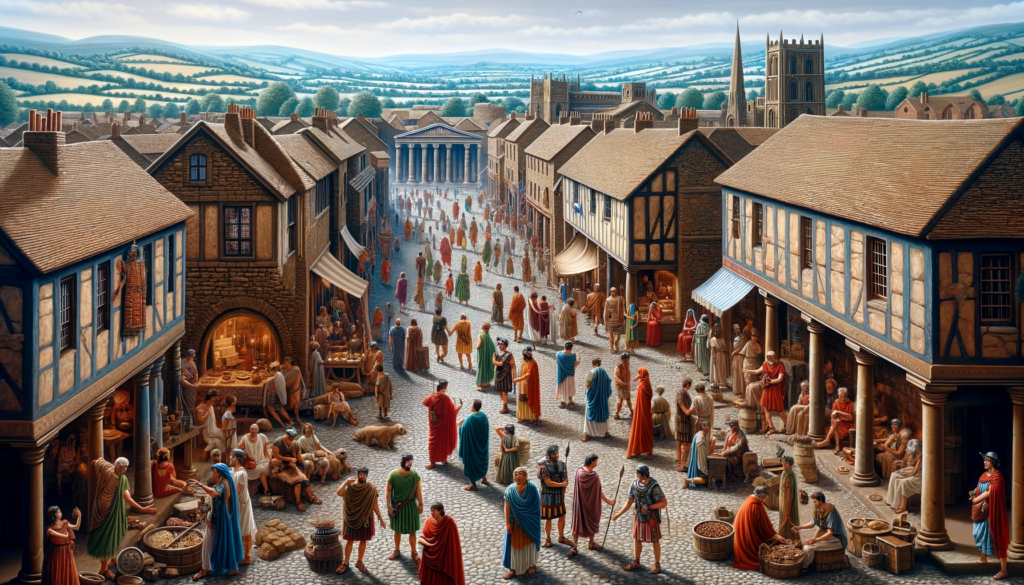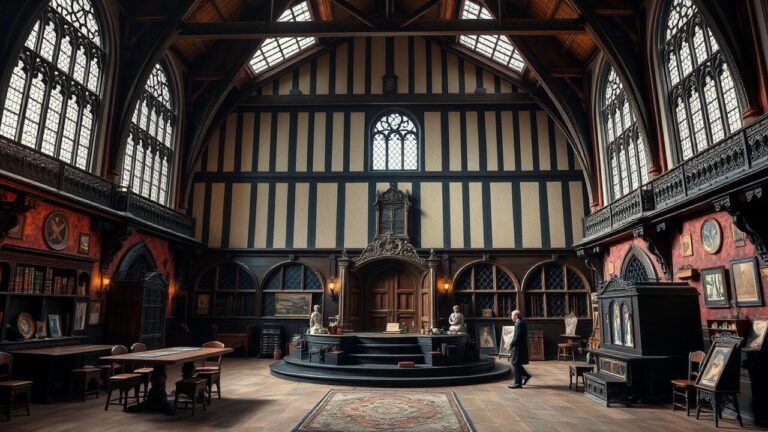Unveiling the Secrets of Roman Leicester: A Journey Through History
The Roman Era in Leicester
Leicester, a city steeped in history, has witnessed countless transformations over the centuries. One of the most intriguing chapters in its story is undoubtedly the Roman era. From archaeological excavations to ancient relics, the University of Leicester and Leicester University Archaeological Services (ULAS) have played a pivotal role in unraveling the mysteries of this ancient Roman town. Join us as we delve into the rich history of Roman Leicester, exploring its connections with Richard III, its thriving past, and the remnants that still echo through the city’s streets.

Leicester’s Roman Beginnings
The roots of Roman Leicester, known as Ratae Corieltauvorum, date back to the first century AD when the Romans established a fort at the strategic crossroads of the Fosse Way, a major Roman road. This marked the beginning of Leicester’s journey as a bustling Roman town in the heart of England. Archaeological excavations conducted by experts from ULAS have unearthed remarkable evidence of the Roman occupation.
Archaeological Discoveries
Thanks to the tireless efforts of archaeologists and historians, Leicester’s Roman history has been brought to life. The Jewry Wall Museum, a prominent landmark in the city, proudly displays a section of a Roman town wall and a fascinating collection of Roman artifacts. These discoveries offer a glimpse into the daily life of the Roman inhabitants, showcasing their advanced architecture and culture.
Richard III: A Remarkable Connection
Leicester’s connection with Richard III, the famous medieval monarch, adds another layer of intrigue to its history. In 2012, the remains of Richard III were discovered beneath a parking lot in the city center, sparking international interest. The University of Leicester played a pivotal role in this historic excavation, ultimately confirming the identity of the long-lost king. The Leicester Cathedral now serves as the final resting place for Richard III, making it a must-visit for history enthusiasts.
Life in Roman Leicester
Life in Roman Leicester was vibrant and dynamic. Inhabitants lived in a wide variety of houses, from townhouses to public buildings. The city boasted public baths, a forum, and public buildings, showcasing its status as an important center in Roman Britain. The remains of Roman villas and temples, along with Roman masonry and pottery, provide a glimpse into the opulence of the time.
Roman Leicester’s Legacy
Leicester’s Roman legacy still thrives in its city center. Many streets of Leicester follow the layout of the Roman town, and the city’s shopping center stands on the site of the old forum. Evidence of a shrine or cult room dedicated to the Persian god Mithras was discovered north of the forum, highlighting the city’s links with the continent.
Medieval and Anglo-Saxon Influences
Leicester’s history didn’t end with the Roman era. The city’s medieval and Anglo-Saxon periods left their mark, with rare evidence from the Anglo-Saxon period found during excavations. The city’s Old Song School, previously part of St. Nicholas, dates back to the 11th century, offering insights into educational practices of the time.
A Journey Through Time
Leicester’s story is a testament to its enduring resilience and adaptability. From its early Iron Age settlement to the Roman era, the medieval period, and beyond, the city has continually evolved. The Romans left Britain, but their legacy in Leicester endures.
Exploring Roman Leicester
Today, visitors to Leicester can explore the remnants of its Roman past through guided tours, archaeological sites, and museums. The Leicester Abbey, surrounded by the tranquil Cathedral Gardens, stands as a testament to the city’s rich history.
In conclusion, Leicester’s Roman era is a captivating tale of transformation and adaptation. The University of Leicester and ULAS have played essential roles in unearthing this history, and Leicester’s commitment to preserving its past is evident throughout the city. As we journey through the streets of Roman Leicester, we are reminded that history is not just a thing of the past; it is a living, breathing part of the present. Come, explore Leicester’s Roman heritage and be transported back in time to a world that once flourished in Leicester’s bustling streets.




